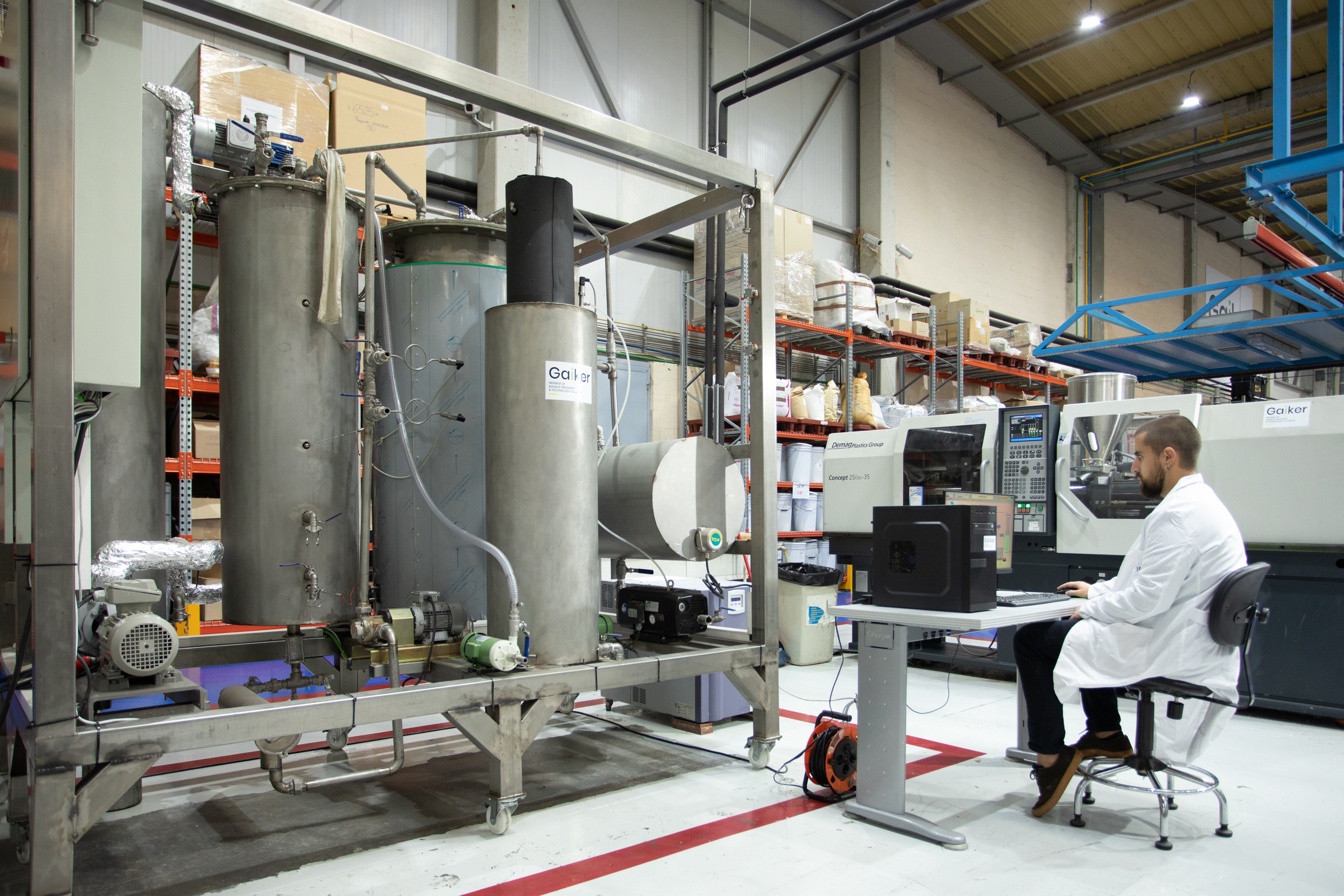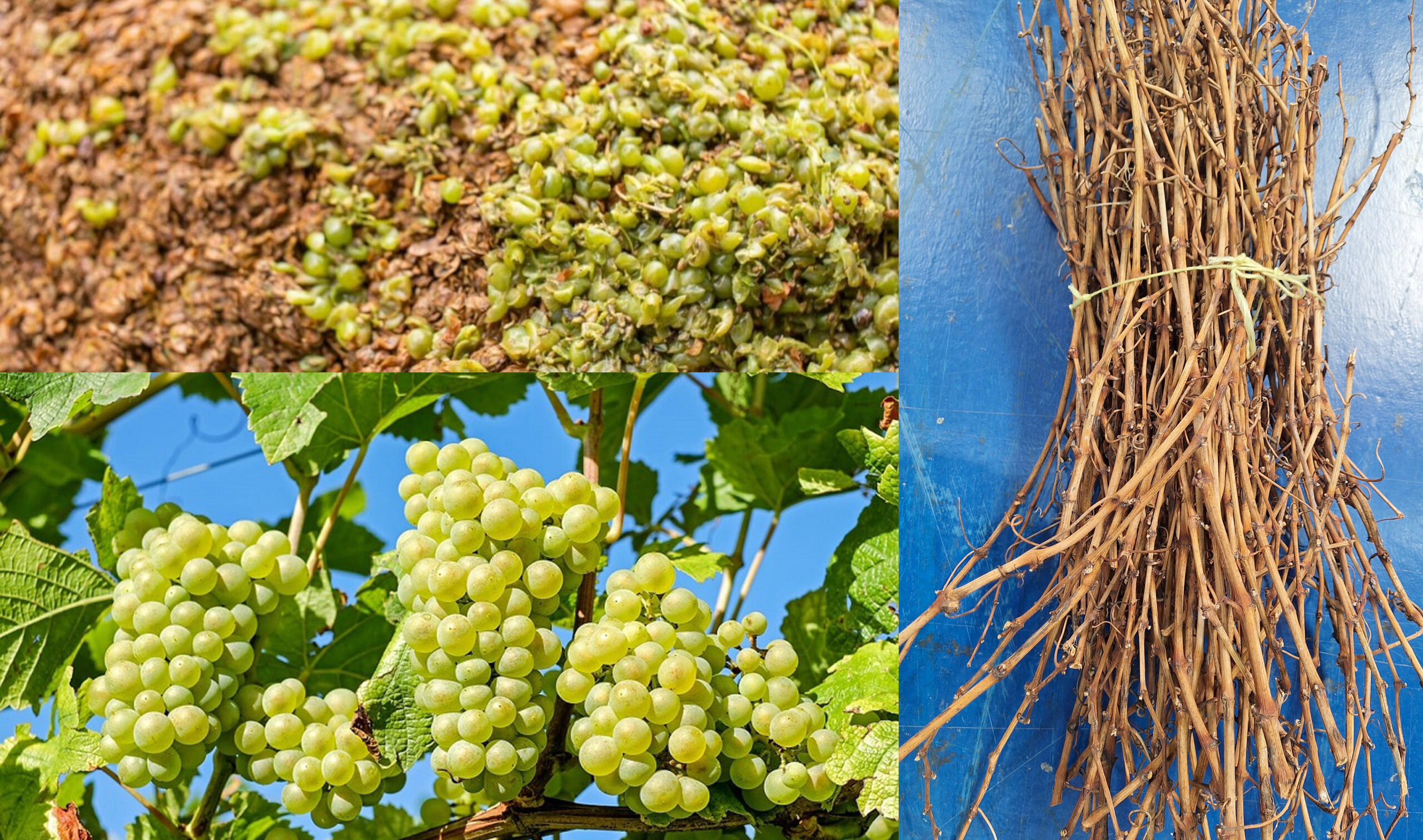Article written by Rafael Miguel – Recycling and Circular Economy Market Manager at GAIKER – See original
Lithium is classified by the European Union as a key component in the transition away from fossil fuels towards clean energy. More and more electronic devices and electric vehicles are using lithium batteries. The increasing consumption of these devices means that these batteries need to be managed properly at the end of their useful life, they need to be recycled responsibly and the materials they contain need to be recovered to minimise their environmental impact.
GAIKER we research and develop technologies and processes to improve and make progress in the different stages of recycling lithium-ion batteries.
- We develop different processes for the different stages of recycling lithium-ion batteries and other batteries with complex chemistries.
- In the first stage, we discharge batteries so that we can deliver a safe, environmentally friendly process with a capacity and processing time in line with industry requirements.
- We dismantle batteries and remove the electrodes in order to extract the black mass. We extract high purity black mass from different types of EV battery waste (modules, cells, production rejects) by mechanical (crushing and shredding) and physical (ultrasound) methods.
- We have developed a process for automatically sorting battery cathodes by electrochemistry, prior to extracting the black mass. To this end, we applied artificial intelligence techniques to spectral information obtained by laser-induced breakdown spectroscopy (LIBS). We have successfully tested different types of batteries (PAE, mobile, EV) with very good results.
- We have looked at different physical ways of removing the adhesive covering the active material on the the anode and cathode: calcination, cryogenic grinding with a rotor mill and ultrasound.
- We have investigated how to separate the carbonaceous fraction on the anode from the Li metal oxides on the cathode using both dry and wet techniques. We have tested a number of different options, particularly gravimetric techniques, and prioritised the concentration of metal oxides with minimum loss.
- We have looked at separating the different types of materials contained in the shredded batteries after the black mass has been extracted.
- We have recovered the following active materials from the black mass: Li, Co, Ni, Mn, etc. by means of hydrometallurgy, by optimising the different stages of selective leaching, precipitation and crystallisation.
All of these developments allow GAIKER to provide environmentally and economically positive solutions to industry to ensure the circularity of batteries at the end of their useful life.




